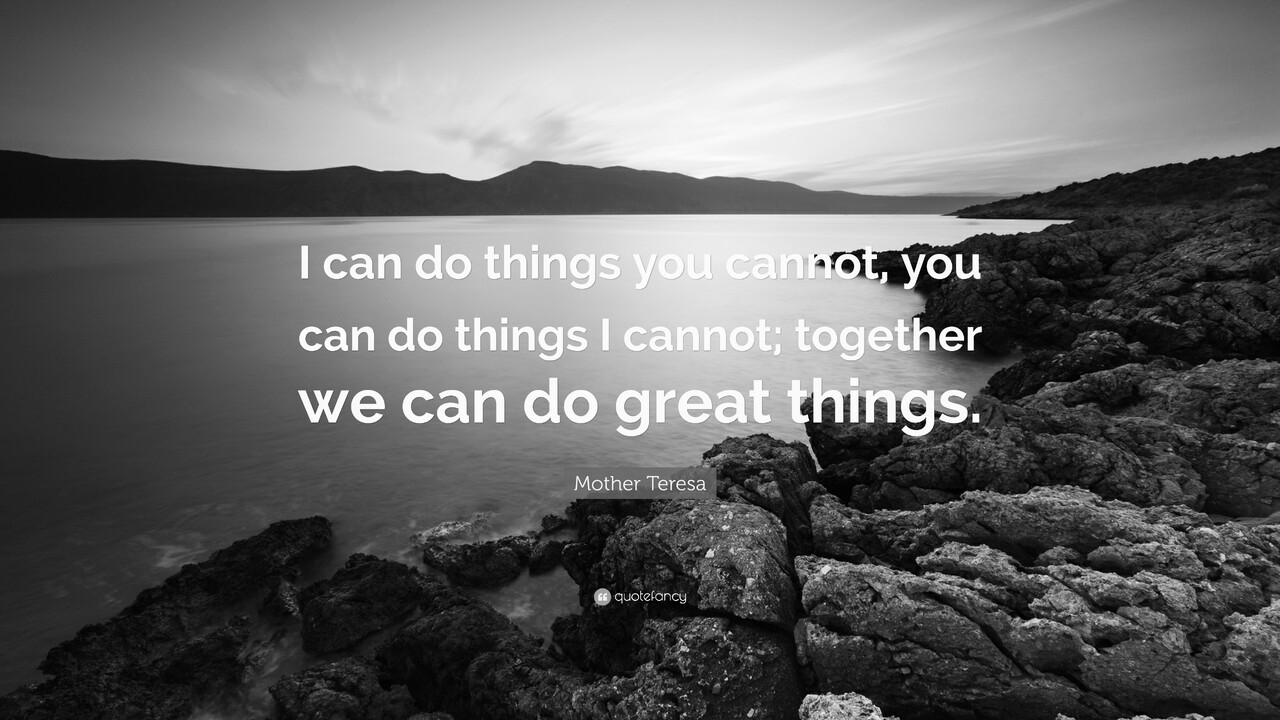Planning Your Bridge

By Rodney Bullard
CEO The Same House PBC | Former Senior Executive at Chick-fil-A / Global CSR, ESG and Marketing Leader | Best-Selling Author | Former AUSA | Former Air Force JAG l Corporate and Non-profit Board Director
“I can do things you cannot; you can do things I cannot; together, we can do great things.” – Mother Teresa
Building bridges is a leadership obligation. It is predicated on a need, a problem, and a goal. At its core, leadership requires activity and a willingness to act. In other words, leadership is predicated on a need, a problem, or a goal. Building bridges by bringing people together, connecting ideas, clarifying positions, helping people get along, and uplifting people – is critical for a leader. According to a survey taken of 20,000 people for the book The Leadership Challenge:
True leaders help themselves and those around them to do the right thing. They chart a course by inspiring others with a shared vision and, in turn, create something new out of the familiar. Leadership is, at its core, the ability to map out the best route to success. It can be with a team or a company, but it is always dynamic, inspiring, and designed to excite others into action.
Leadership is often seen as a distinct role. It is not. It requires help from others providing support, leading, and rallying the cause. Within the group, collaboration and direction take place. It starts with asking: Where are we now? Where are we trying to go? And who are we trying to bring with us? This is where plans are drawn up with a clear vision or North Star for moving forward. This is where ideas become tactical and tangible for acting.
Leadership without activity is merely ceremonial or pomp and circumstance. It becomes vapid and void. In some cases, it is selfish and vain. Like a politician trying to get elected or an executive trying to boost their sales team, broken promises and big ideas without action strain relationships and create further division on both sides. The easy part is coming up with the big idea; executing the plan is the challenge. This is what it looks like to break ground on a project and leave rubble and debris where the promise was to take place.
So, what does setting the plan look like? What happens after the call is heard and someone is ready to take action? As Mother Theresa said, “Never worry about numbers. Help one person at a time and always start with the person nearest you.” After that first act, the next one is more manageable, and momentum builds as you construct that bridge.
Mother Theresa lived in Calcutta, India, where millions of the world’s poorest people lived, and spent her entire life helping one person at a time. She didn’t allow herself to be overwhelmed by the volume of people who needed her. Instead, she stayed dedicated to her mission to help the poorest of the poor. Her laser-like focus inspired others to assist in her work. She was a transformational leader because her strong sense of purpose and moral authority drew people to her who wanted to join in her mission. The missionary she started continues to carry on her work. She drew up the plans for the bridge, built it, and now many benefits from its use.
